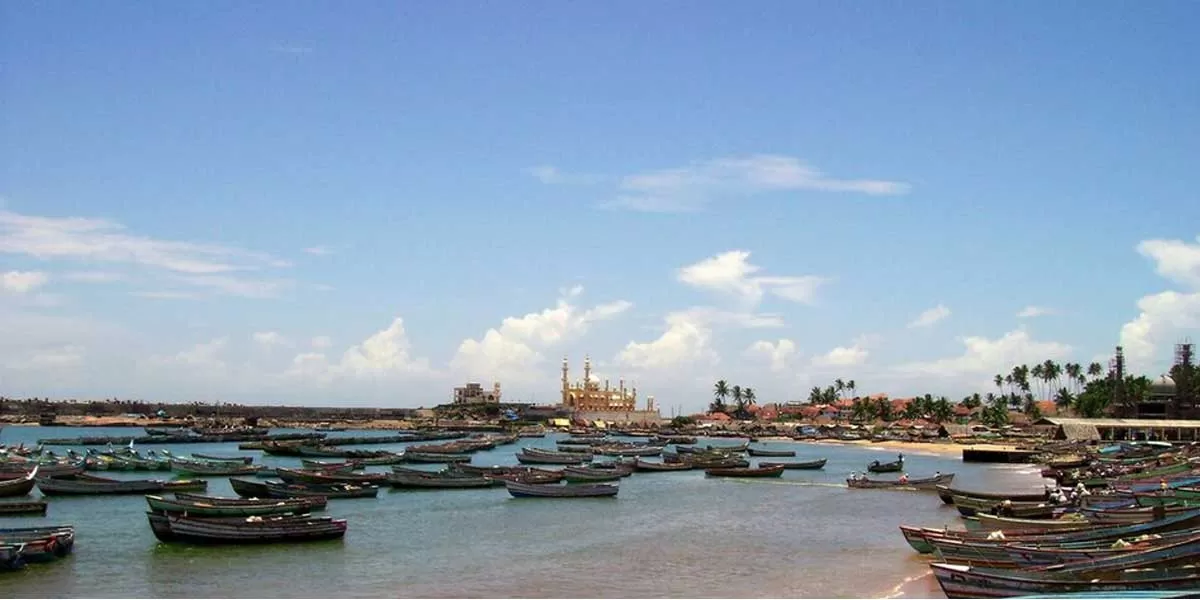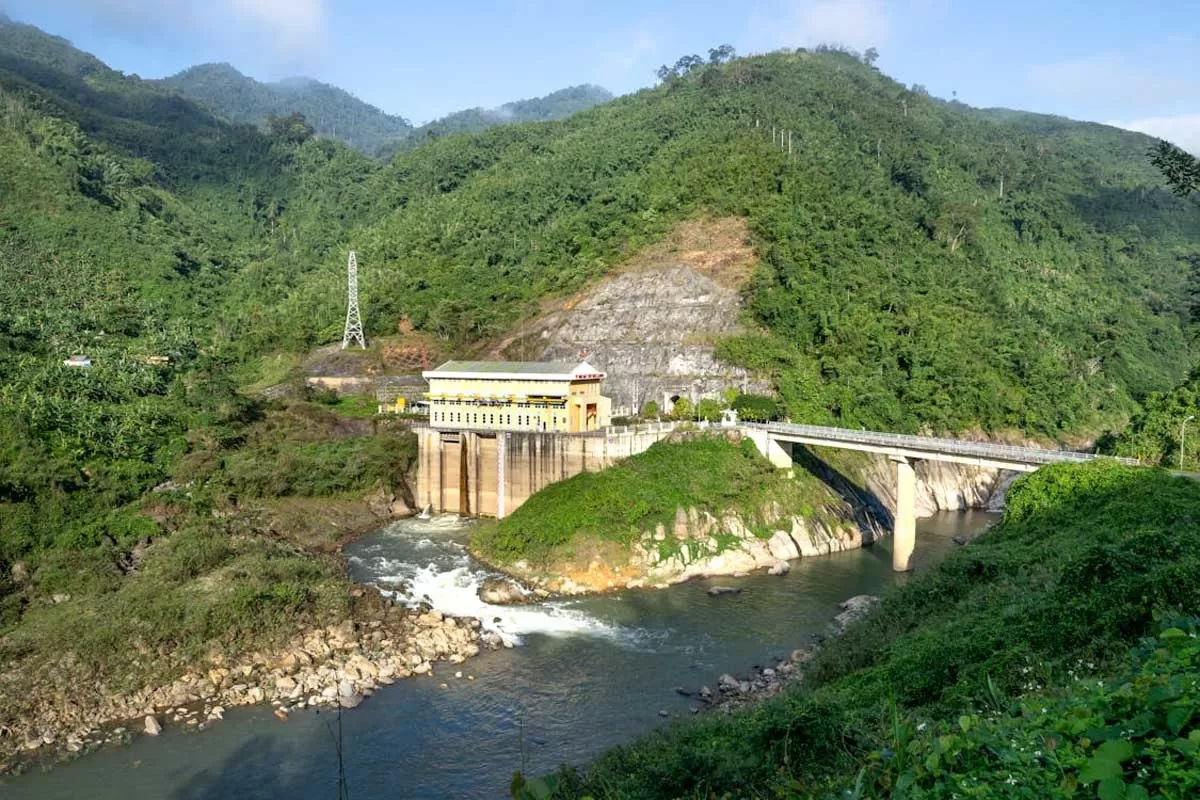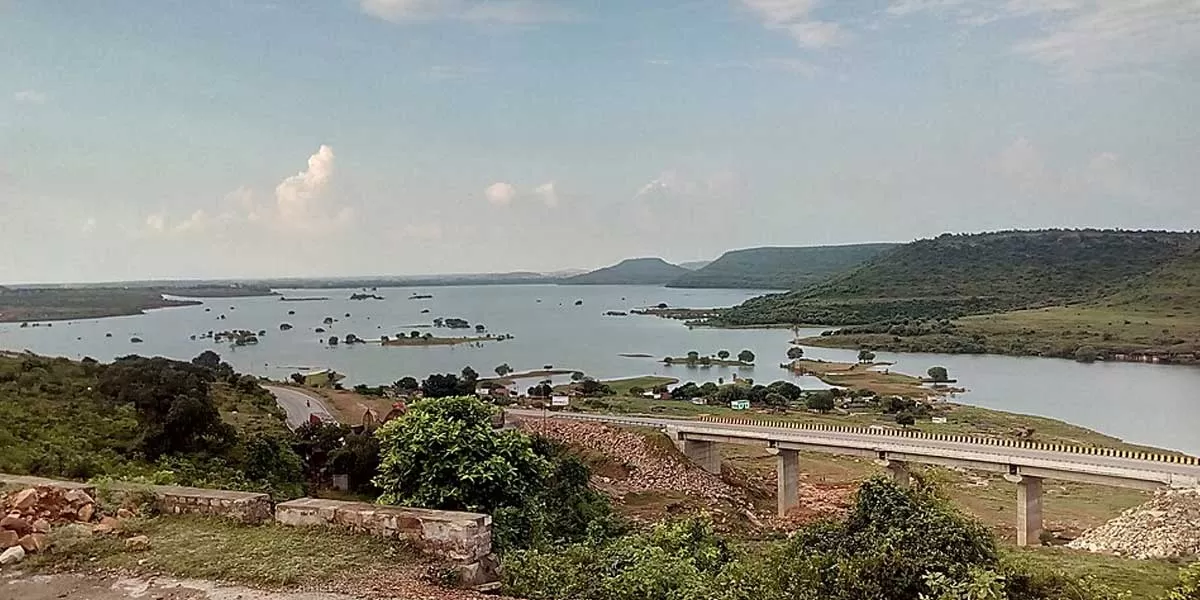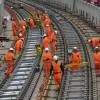
Telangana plans to raise Rs 3,000 cr via layout regularisation scheme

Vizhinjam Port Plans to Extend Capacity After Rs 130B Investment
The Vizhinjam International Deepwater Seaport at Thiruvananthapuram is expected to undergo major renovations to increase its capacity. These upgrades comprise the second phase of expansion for the port and come at a price tag of Rs 130 billion. It will be funded by Adani Ports & SEZ Ltd (APSEZ) and is expected to be complete in 2028. The expansion will increase the capacity of the port from 1 million TEUs currently to 5 million TEUs.Additionally, the breakwater will be given a major boost. Currently, the breakwater is 28 metres tall and built in 20 metre deep water. It is planned to be exp..

IRCON International Bags Two Critical Projects in a Bid for Expansion
North Eastern Electric Power Corporation Limited (NEEPCO) has granted approval to IRCON International Ltd to work on Rs 4.6 billion Tato-I Hydro Electric project in Arunachal Pradesh. The contract permits the construction of civil works on an item rate basis. These works include headworks, head race channels, head race pipes, headrace tunnels, surge shafts, pressure shafts, valve houses, and other associated infrastructure works. All the construction is expected to take place over 4 years. That’s not the only win for IRCON International lately. It’s joint venture with SSNR Projects (I..

JSW Neo Energy Signs Contract with UPPCL to Provide Energy Storage
JSW Neo Energy Ltd, a subsidiary of JSW Energy, has signed an agreement with the Uttar Pradesh Power Corporation Ltd (UPPCL) for the procurement of 1,500 MW / 12,000 MWh pumped hydro energy storage. The project, located in Sonbhadra district, Uttar Pradesh, will be capable of a scheduled discharge of 8 hours (with maximum continuous 6 hours) per day.The contract states that the company will receive a fixed capacity charge of Rs 77.2 lakh per MW per annum in return for supply of energy storage capacity for a period of 40 years. The project is expected to be commissioned in the next 6 years and ..














